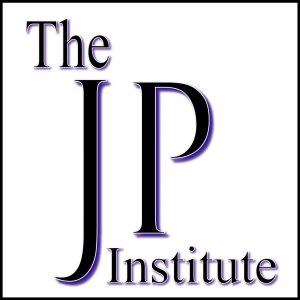I have been a clinical hygienist since 1979. When I earned my degree in Dental Hygiene, I was very happy, idealistic and excited about caring for patients. I felt I was on a mission to improve people’s lives through better oral health. Being young and starry-eyed , I was not prepared for the reality of working in a dental practice. I found, to my great surprise, that most of my patients were not interested in the education about their oral health that I had been trained to provide. They just wanted their cleaning and to get out of the office!
At the beginning of my clinical career, it was typical to have only 45 minutes with a patient. It was expected that taking x-rays, clean their teeth and time for the Doctor’s exam would be completed in that timeframe. My first priority during a patient’s regular appointment was to remove all of the calcified deposits from their entire mouth, because that was how I was trained. All the while, my patients did not appreciate my hard work because I was “hurting them” as they often had inflamed, edematous tissue. The scene was usually a bloody mess and in my beginning years, we did not wear gloves or masks! Yikes!
Running late was a common occurrence, thus, causing stress for the assistants, administrators and Doctors. I felt so unappreciated and frustrated, I seriously thought of getting out of Dentistry!
Fast forward to 1987 and my introduction to the JP Institute: I began working in a practice in Glendale, California and I was told that I would be taking a continuing education course including training from a consultant who was a hygienist. I was skeptical about what I could learn as I felt I was doing everything already. At the same time, I was ready to try something new and knew my patients deserved better too. The trainer was from the JP Institute. She was understanding and kind. She taught me a way of communicating with my patients that would get their attention. She also shared the latest scientific research about periodontal disease and the host-modulated response. Nobody was talking about this in 1987. I was given a protocol that would actually allow time for communication and treatment. I no longer had to put the pedal to the metal during a cleaning and cause the patient pain during a rushed procedure. I had an hour for each appointment and the patients returned for multiple appointments as their mouth was treated, a section at a time using anesthetic. The verbal skills I learned were amazing. With the support of the entire team, we began to see patients not only accept the therapy, but be willing to pay for it! They actually healed much better than I had ever seen. The patients followed our recommendations changing their daily habits, coming in for maintenance at the interval we recommended, not just what their insurance allowed and scheduled their pending restorative procedures too!
I had been given a gift that allowed me to feel idealistic about being a hygienist again. I was so grateful to my doctor and the pioneers at the JP Institute that I wanted to pay it forward to other hygienists. I became a trainer with JP in 1988 and I have had the honor of sharing this all-encompassing, individualized protocol with clinicians all over North America. The protocol includes OralDNA® Salivary Diagnostics, advanced instrumentation, lasers, and how to apply the latest research. Today, I still work as a clinical hygienist 3 days a week and I truly love seeing patients! I have been transformed!
For more information on how to become an OralDNA Provider – scan HERE: 
- StellaLife®: Technology Advances in Antimicrobial Rinse - September 18, 2020
- JP Institute TRANSFORMED! — My New Life As A Hygienist - August 17, 2018
- Salivary Diagnostics, Lasers and Beyond… - January 12, 2018

